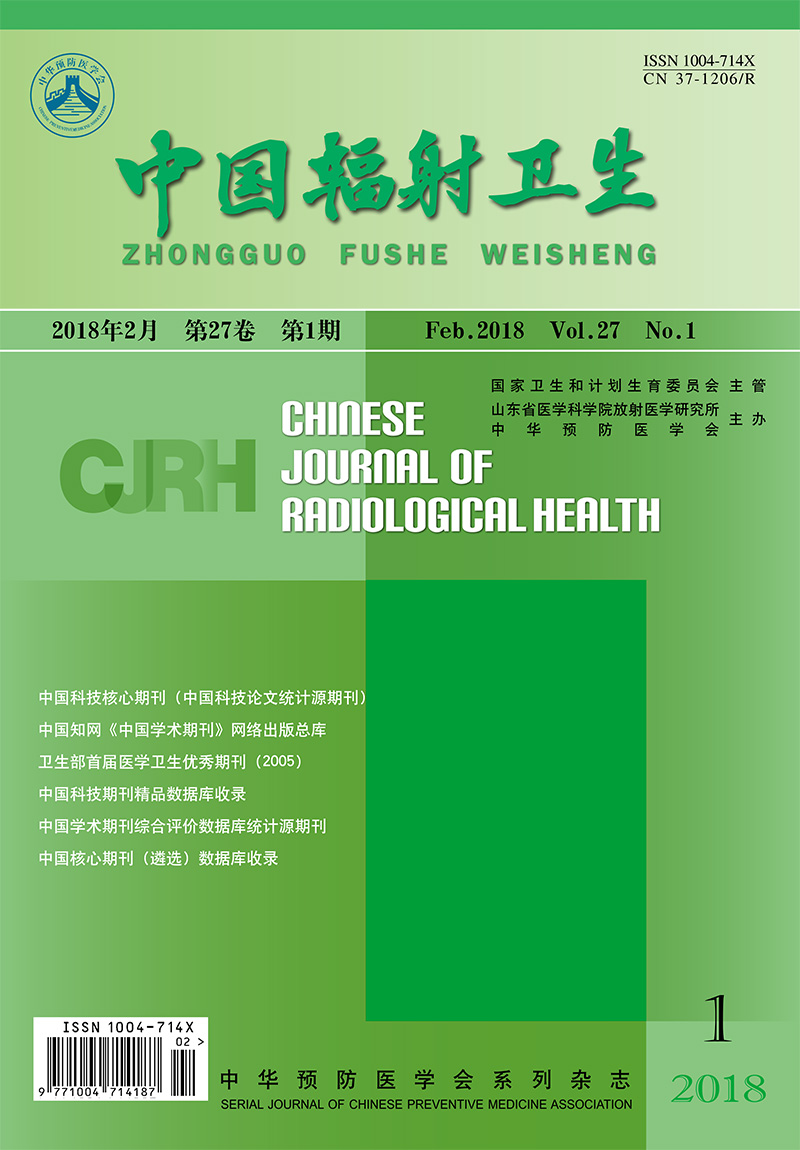CHEN Jiwei, LU Chenhao, TANG Bo, PENG Guanliang, CAO Juntao, TU Yu, HUANG Shengyan
Objective To analyze and study the protective methods for sensitive tissue or organs in non-scanning areas.Methods By analyzing the causes of radiation in the non-scanning area, the protection schemes are put forward.Results Radiological health management should enhance personnel protection awareness, regulate the internal and external environment of machine room, and perfect the rules and regulations. The operator should use advanced technology to carry out the scanning, there are three methods, i.e. body surface shield, the source block and the body shield. The body surface should select advanced shielding material and choose personal protective equipment larger than 0.5 mm lead equivalent. The method of source block shielding is to block both sides of the CT frame aperture, which will greatly reduce the leakage and scattered rays in the non-scanning area. In vivo, increasing the local density of the digestive tract is used to attenuate the inner scattered rays of the body through oral administration of barium sulfate. The practicability and feasibility of source block and body shielding should be further verified by experiments.Conclusion The protection of sensitive tissues and organs during CT examination should be guided by the principle of "emphasizing operation and protection technology, strengthening radiological health management". In CT operation, under the condition of meet the image quality, choose low-dose scanning mode. As the protection technology, it should be in accordance with the concept protection of "shield leakage radiation, attenuate scattering radiation".

